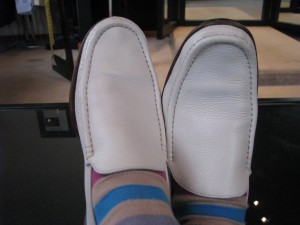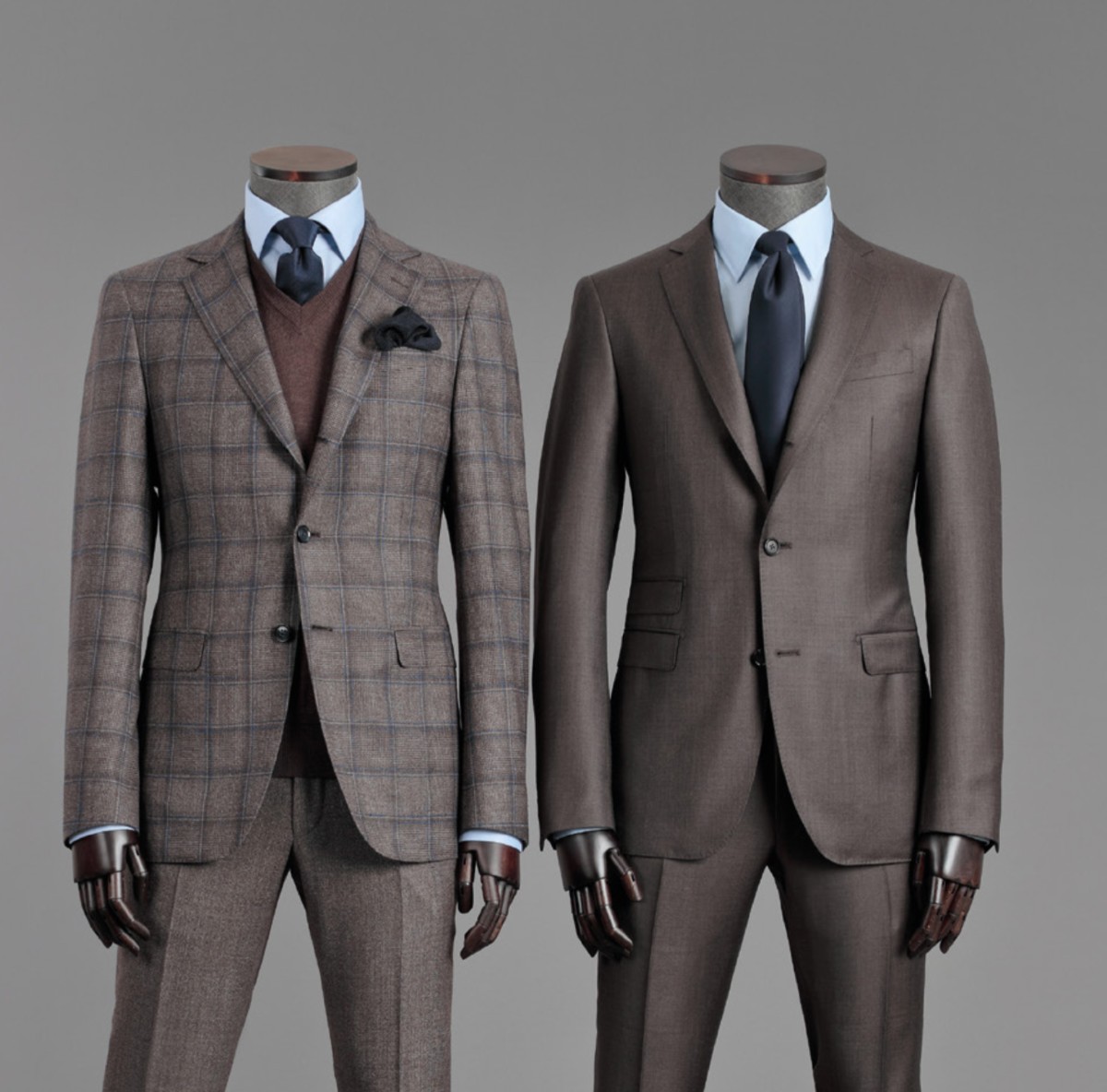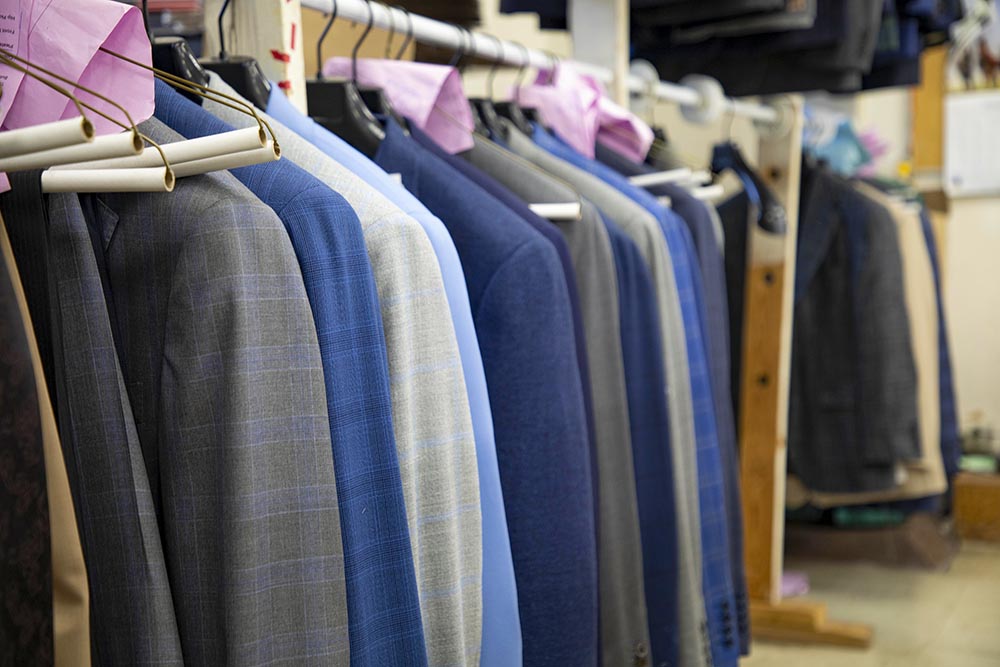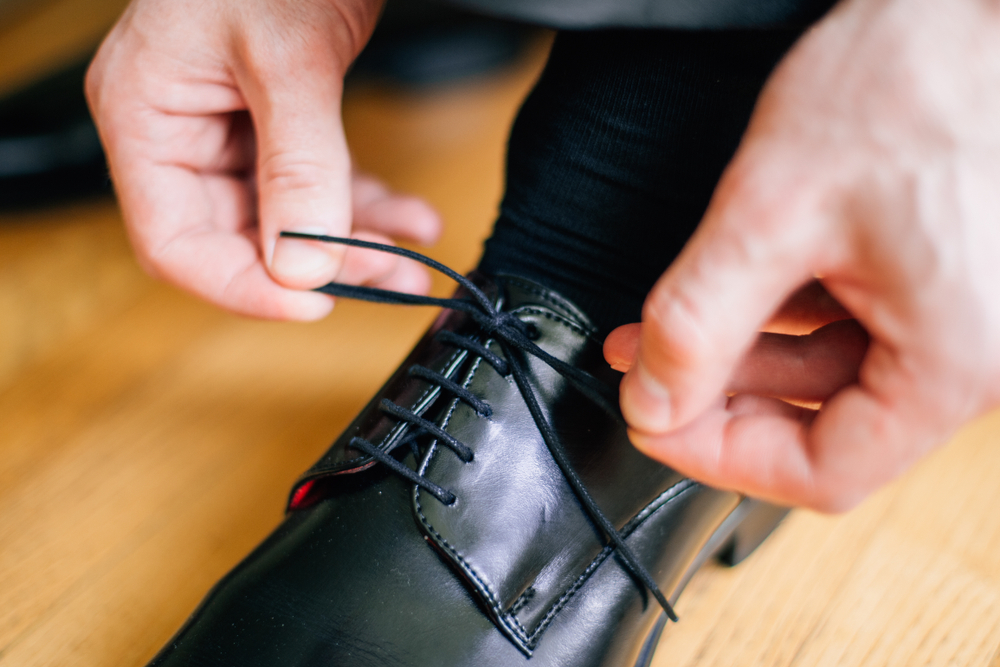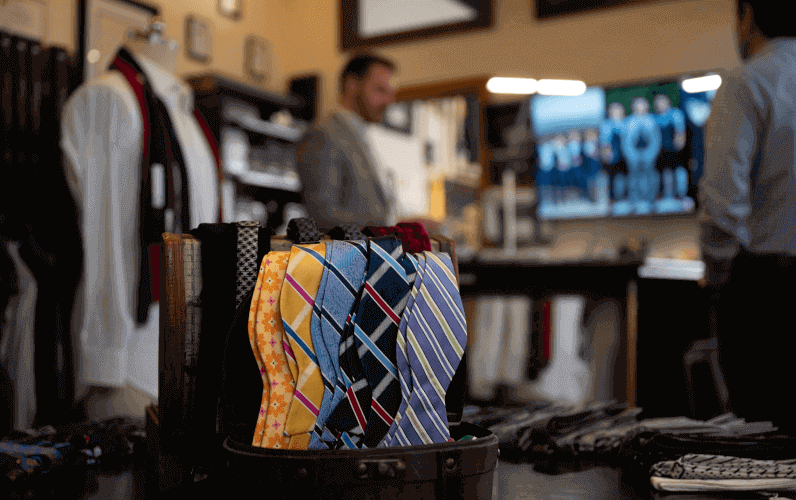Labor Day has long been associated with various cultural markers in our society. Traditional retailers from shoe shops to automobile dealerships use it as a time to put their summer goods on sale to make way for fall and winter items. It also serves as the unofficial end of the summer season, and plenty of Philadelphians spend the three-day weekend at the Jersey shore with friends and family.
Regardless, the tale of Labor Day is an important one in American history and can help illuminate the logic behind the sartorial rules around it.
The Beginnings Of Labor Day
Labor Day gets its name from its purpose: to honor the American labor movement. It always falls on the first Monday of September.

In the late 1800’s, the trade union and labor movements grew rapidly. The Industrial Revolution paved the way for this growth, as new manufacturing processes across the country (and Europe, for that matter) demanded laborers to create goods. Trade unionists proposed a holiday to recognize these laborers, and both the Central Labor Union and the Knights of Labor organized a parade in New York City to that effect.
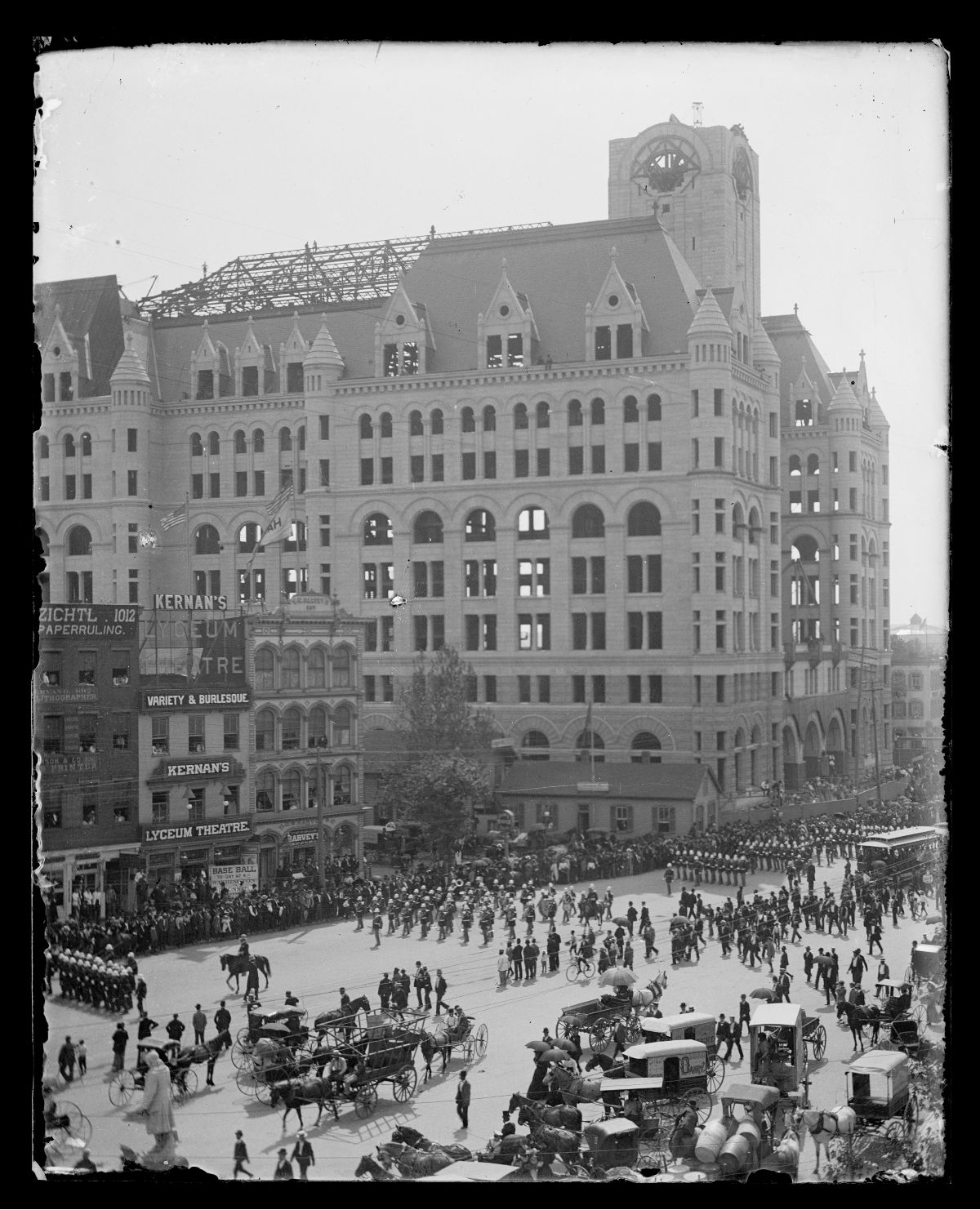
Oregon was the first state to officially celebrate Labor Day in 1887. It became a federal holiday in 1894 after thirty U.S. states adopted it. It wasn’t just momentum that caused the federal government to recognize the holiday, but rather the Pullman Strike.
In a nutshell, laborers for the Pullman Company went on strike after the company decreased wages without lowering rents in the “company town” in which the laborers lived.
Thirty laborers were killed by Illinois state and federal troops as a result. Fifty-seven were wounded, and about $80 million worth of property damage occurred. Then-President Grover Cleveland and Congress made Labor Day an official holiday to reconcile with the labor movement after a federal inquiry found the Pullman company to share partial responsibility.
Labor Day Style Guide
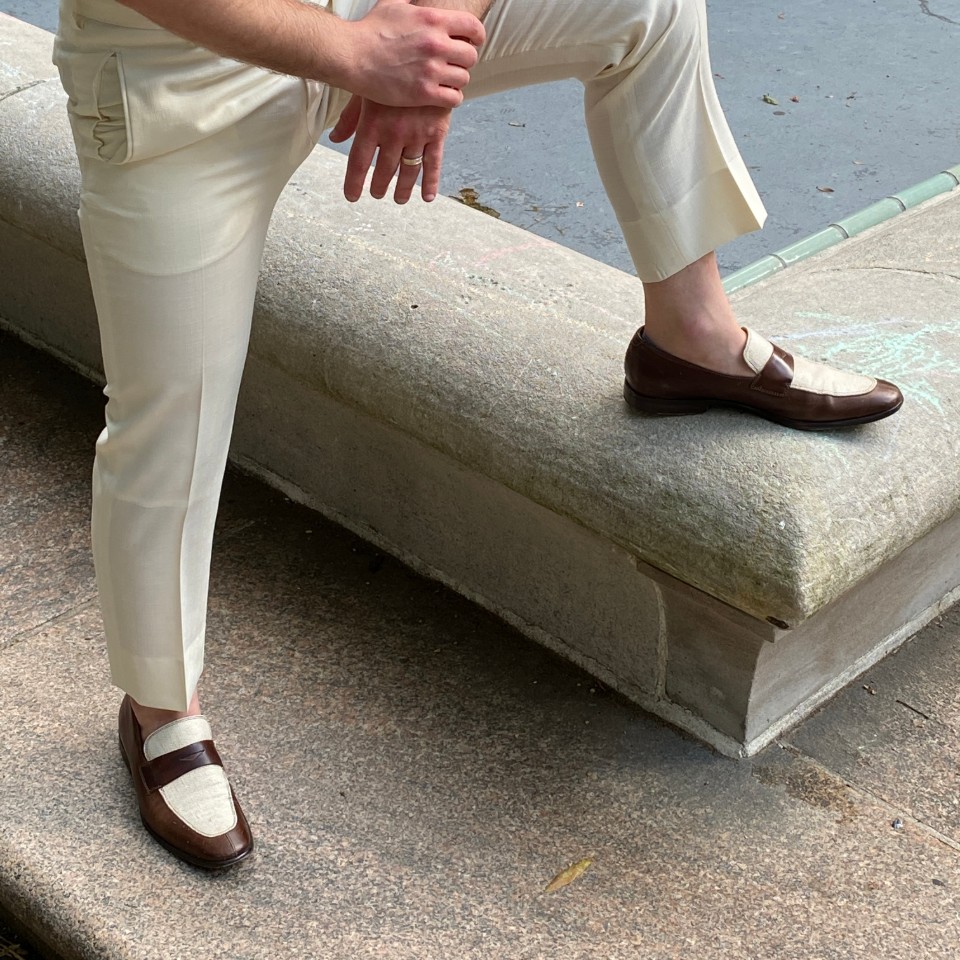
So, what does this have to do with clothing or style? Let’s start with the cardinal “rule” of summer clothing for men: we can wear white pants and white shoes during “unofficial” summer: from Memorial Day to Labor Day. This assumes you don’t live in a tropical climate, where such clothing is fair game all year round.
In the working world, white tends to be worn by professionals – that is, white-collar workers. When Labor Day first came about, it would make no sense for laborers to wear white, as it would get dirty easily and thus be too difficult to maintain. Given that this holiday is sympathetic to labor, the sartorial rule banning white pants and shoes serves to reinforce this sympathy. Breaking it would be in poor taste.
As we mention above, the holiday also marks the unofficial end of summer. Light-colored trousers are often made from summery fabrics like cotton, linen, or lightweight wool. As such, you’d freeze if you tried to wear these in colder weather. This is the utilitarian reason we avoid “winter white.”
Can You Wear White Pants In Autumn?
In short, not really. But there’s room for exceptions.
Climate change has thrown a bit of a wrench into the system. While Labor Day is the unofficial end of summer, it is now generally hot and muggy well into September. How can we justify wearing light-colored pants into autumn?
Glenn O’Brien, GQ‘s now-deceased “Style Guy,” once wrote that the rule should be extended into October in select cases. His logic? If your baseball team made it into the playoffs, you should be able to wear white pants for as long as they were contenders. We couldn’t agree more. If the world is fundamentally changing, we might as well dress for it.
Conclusion
There is so much to keep on track of as the big day approaches it is hard not to get lost. Make your wedding outfit something to look forward to. If you have any further questions or would like to get the custom clothing process started Contact Us, call 215-310-0219 or email us at info@henrydavidsen.com.
